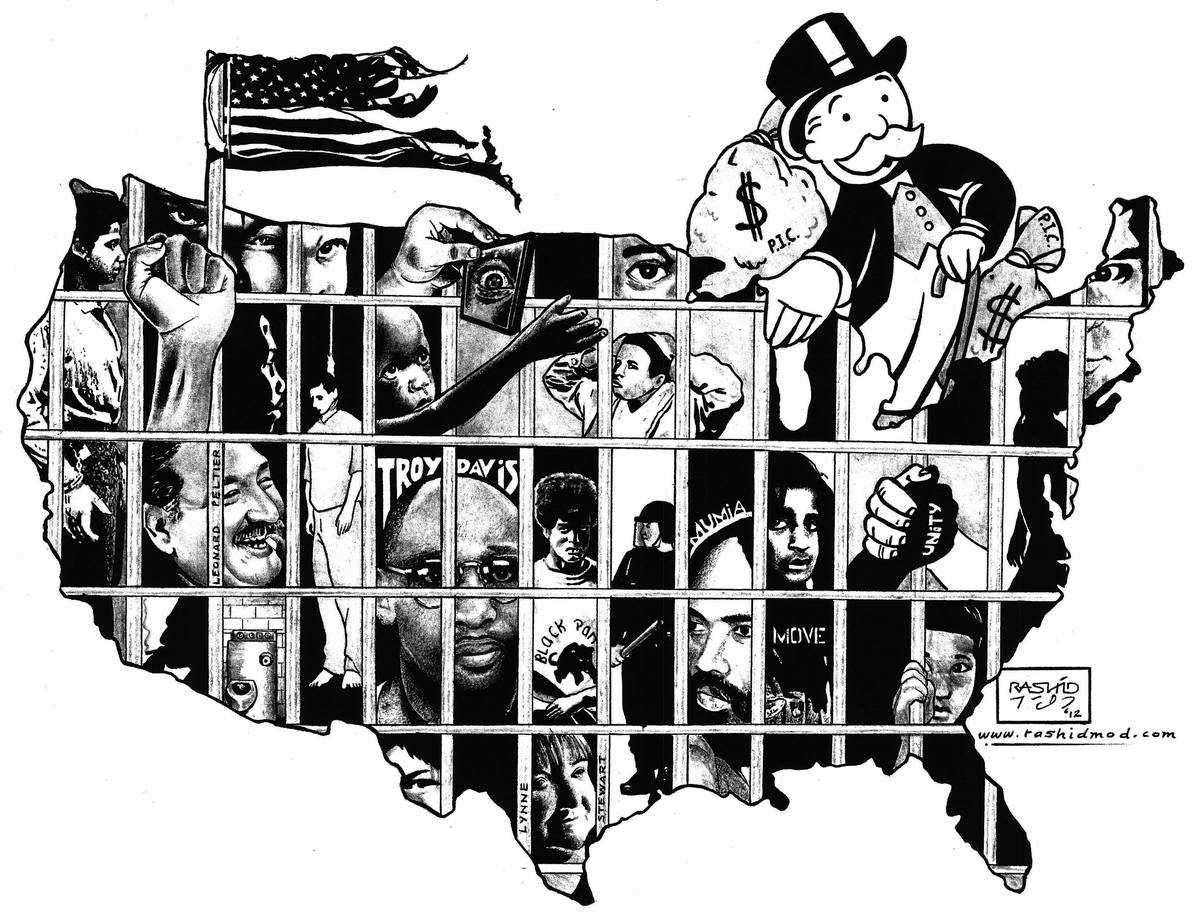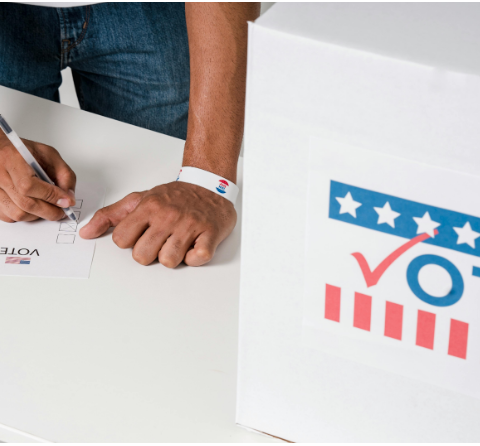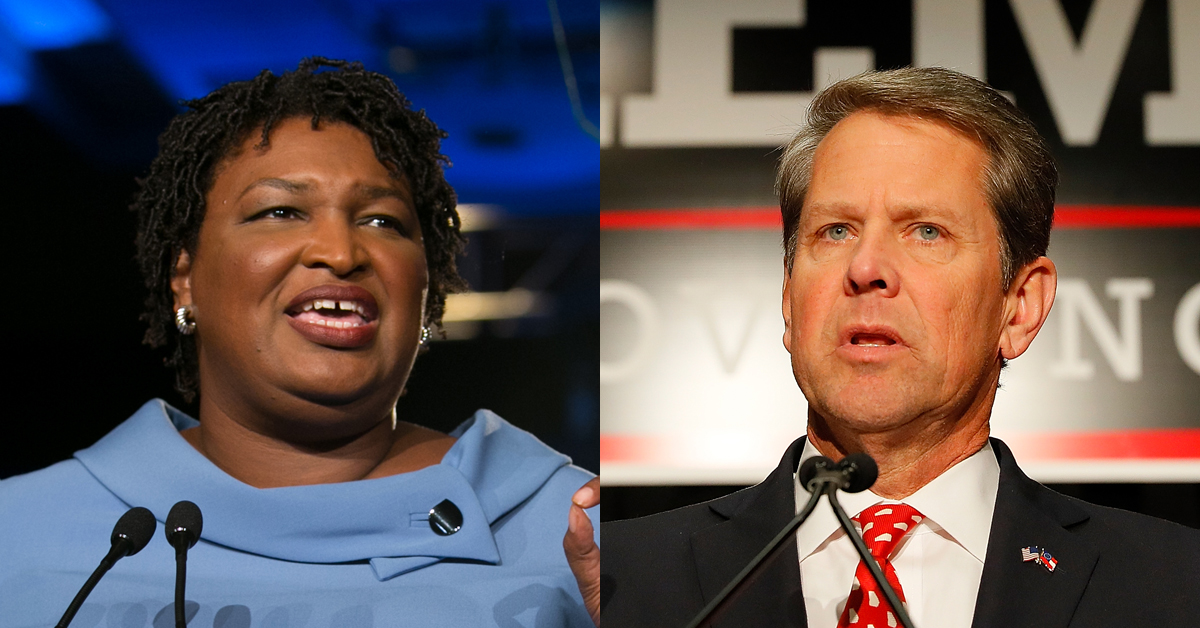TheWar on Drugs is failing, and the United States’ criminal justice system is suffering as a consequence. Laws are in place to deter criminals, but our criminal justice system has seen too many Americans go to too many prisons for far too long. Many of these prison sentences are for non-violent drug crimes, which are a direct result of stricter drug laws since the Reagan era. The War on Drugs ultimately results in overpopulated prisons, tarnished race relations, wasted money, and a private prison system that perpetuates astronomically high arrests.
The War on Drugs is producing higher arrests, but there are a few myths that go unnoticed without a closer look at the statistics and where these arrests are coming from. In The New Jim Crow: Mass Incarceration in the Age of Colorblindness, Michelle Alexander identifies the myths associated with the War on Drugs. According to Alexander, it is a myth that the War on Drugs targets big-time drug dealers. Although the capture of big-time drug dealers is ideal and does happen from time to time, the vast majority of people arrested for drug related reasons are not charged with serious offenses. In fact, 4/5 of drug arrests are for mere possession. Alexander also takes issue with the fact that the drug war is principally concerned with dangerous drugs. With truly vile drugs on the streets like meth and heroin, it is a surprise to learn that marijuana is the most sought after drug in the War on Drugs. Marijuana possession accounts for 80 percent of the growth in drug arrests since 1980. In a world where drug offenses alone account for 2/3 of the federal inmate population and those targeted are low-level offenders, it seems logical to link these statistics to the fact that the prison population has quadrupled in the United States since 1980.
While overpopulation in prisons is a major issue, it is not the only issue at play. Racial disparities in the criminal justice system exist in every region of the country, regardless of household income. Take marijuana as an example. According to a study done by the American Civil Liberties Union, in the counties with the highest median household income (between $85K and $115K), blacks are two to eight times more likely to be arrested for marijuana possession than whites. Also, blacks are four times more likely to be arrested for marijuana possession than whites in 1/3 of the states in America. Although some might say that this correlation does not equal causation, it is clear that our system disproportionately affects blacks, whether it intends to or not. In essence, stricter drug laws have put more people in jail, but they have also negatively impacted race relations in the United States.
Even if lawmakers have no intention to legalize or decriminalize marijuana on the principle of overpopulation or racial disparity, it is clear that the War on Drugs, which is overwhelmingly a war on marijuana, is a waste of money. According to the ACLU study, states spent over $3.6 billion combined enforcing marijuana possession laws in 2010. This money, while effectively ridding the streets of low-level drug offenders, did not do much to stop marijuana distribution or consumption. In effect, this money ends up causing devastating effects for the people who are arrested. Marijuana convictions can affect employment opportunities, child custody determinations, public housing, and student financial aid. If convicted of a drug-related felony, the resulting consequences can be a loss of voting rights and the ability to hold office. Ultimately, convicted criminals are punished even after they serve their time. This extended punishment hurts the individual, their family, and society as a whole, since a large amount of state money is spent to pursue these “criminals.” In the end, money is wasted and citizens are ostracized based on current legal and social standards.
The prison-industrial complex has been born as a result of stricter drug laws of the Reagan era. In a purely psychological sense, a “complex” is an overreaction to some perceived threat. In America, the “threat” is drugs, and the overreaction is the large-scale building of prisons to solve the problem of overcrowding. The prison-industrial complex has replaced the public service of providing an adequate place to house prisoners. This system provides housing, but it also creates an incentive to keep pursuing low-level drug buyers. In recent years, violent crime has been on the decline, but the prison-industrial complex continues to grow. The emergence of private prison companies shows that the prison industry is profitable. These private prison companies employ the nation’s largest architecture and construction firms, Wall Street investment banks that handle prison bond issues and invest heavily in the prisons themselves, and companies that sell security devices. As long as there are people violating our current draconian drug law system, there will be prisons that operate much like Holiday Inns more than willing to reap the monetary benefits by housing prisoners, while lawmakers reap the stigmatic benefits of being labeled “tough on crime.”
In addition to the support of the prison system, the courts are also in favor of this less than forgiving system. In California v. Acevedo, the United States Supreme Court upheld the warrantless search of a bag locked in a motorist’s truck. The Court maintained the principle that the belief that the bag contained contraband gave the officers probable cause to perform a warrantless search, and the Court also claimed to “become a loyal foot soldier in the Executive’s fight against crime.” In addition, the Court has approved of mandatory drug testing for employees, permitted the police to obtain search warrants based on anonymous tips, and upheld random sweeps and searches of public schools and students. These changes have loosened the 4th Amendment rights of citizens, which have ultimately played a large role in the number of people that are sent to prison each year.
The main factors that perpetuate the exponential growth of prisons in the past 30 years are strict drug laws, the prison-industrial complex, and loosened 4th Amendment rights. These changes in the criminal justice system have flooded the prisons, negatively impacted the racial divide in the United States, and impaired individuals and families. As of now, private prison companies are continuing to grow and perpetuate this system, but a more suitable reaction to the problem of overcrowding would be to loosen drug laws. Although some might consider this freedom a slippery slope, the line should be drawn where medical benefit can be exhibited. In effect, many drugs will remain prohibited, while others will be decriminalized or made completely legal. This will cut down on the overwhelming number of people that are sent to prison on a daily basis for nonviolent offenses. Although strict drug laws promote safety and encourage social stability, the loosening of marijuana drug laws and other laws of drugs that have medical benefits would clear the prisons of people who arguably should not be there in the first place, while the safety and stability of the republic would remain intact by pursuing truly harmful drugs that contain no medical benefits whatsoever.
The system we have in place today is not working. Some might even say that it is oppressive, since blacks are disproportionately affected. Although Jim Crow era lynchings and legal segregation are gone, racial disparities in the criminal justice system and overpopulation are still here. While these issues are present, they can be fixed. The loosening of drug laws would solve the overpopulation issue, work to mend the racial divide, and allow big money to be spent elsewhere, such as using the money to test currently illegal substances for medical benefits. Although the War on Drugs seeks to make the world a better place, it is effectively doing the opposite.
– By Garrett Masters/Photo Credit: LiveJournal.com


